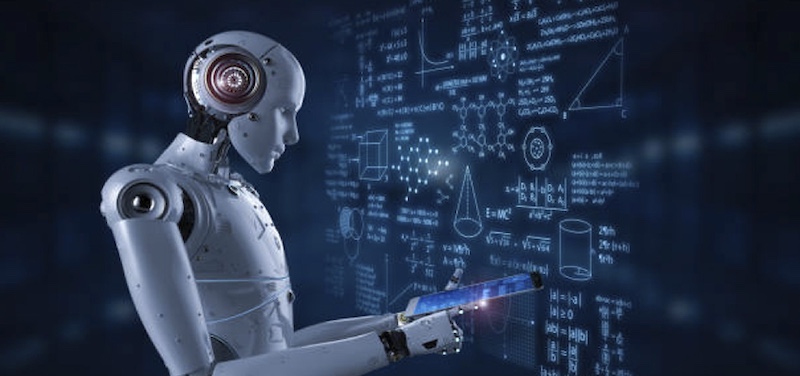Do we really need to see another robot making a mess in the kitchen? Probably not – but the internet clearly disagrees.
A recent video of a humanoid robot attempting to cook a stir-fry has gone viral after the machine lost its grip on the pan, sending food flying across the kitchen.
The clip – widely shared by Interesting Engineering, Futurism, and the Daily Mail among many others – shows Unitree’s G1 humanoid robot struggling through what appears to be a cooking demonstration gone wrong.
For many viewers, it’s comic relief. For others, it’s another example of how far humanoid robots still have to go before they can handle the ordinary tasks humans take for granted.
At Robotics & Automation News, we try not to indulge in viral robot-fail videos – but we are, after all, a robotics news website, and clicks matter. And this one, we admit, is hard to ignore.
Cooking is one of humanity’s oldest and most nuanced skills. Our ancestors took thousands of years to refine it, and many of us still struggle with it today – including, if we’re honest, some members of our own editorial team.
So why should a humanoid robot that’s barely a decade into development be expected to handle a wok with the grace of a seasoned chef?
The truth is that most humanoid robots showcased by their makers – whether it’s Tesla’s Optimus, 1X’s Neo, or Unitree’s G1 – are still largely teleoperated when showcased for a large or live audience, controlled by humans behind the scenes. They walk, grasp, and gesture convincingly, but the intelligence driving those movements is often remote rather than autonomous.
If humanoid robots were truly capable of everyday tasks such as cooking, cleaning, or folding laundry, they’d already be on sale and in our homes. We’d be arguing over which model to buy this Christmas. But we’re not there yet – and that’s okay.
What we’re seeing today are the early years of humanoid robotics: unsteady, experimental, and occasionally chaotic. The progress is real, even if it looks clumsy. Every slip of a frying pan is a data point, every flailing motion another step toward refinement.
There’s also a broader point about acknowledging achievements. Videos that show robots being pushed, kicked, or ridiculed may make for viral entertainment, but they risk trivialising the extraordinary technical progress that has brought us this far. Behind every mishap is a team of engineers working to make the impossible possible.
So yes, the robot’s stir-fry was a disaster – but the fact that a machine can even attempt it is remarkable. With each failure, humanoid robotics inches closer to something genuinely transformative.
And one day, when they finally master the art of cooking, perhaps we can retire our burned eggs and overcooked noodles for good.
I suppose the point worth making here is that if the criticisms of the technology reach a certain point where it negatively affects people’s perception of robotics and market interest diminishes, then the tens billions of dollars invested in our humanoid future will have to wait a little longer to make returns on our investments.
It could be argued that such intense scepticism and outright fear of robots as has been the case for decades in many countries, especially in the West, are the reasons why only a small number of countries – Japan, Germany, and lately China – have taken a lead in the sector.

